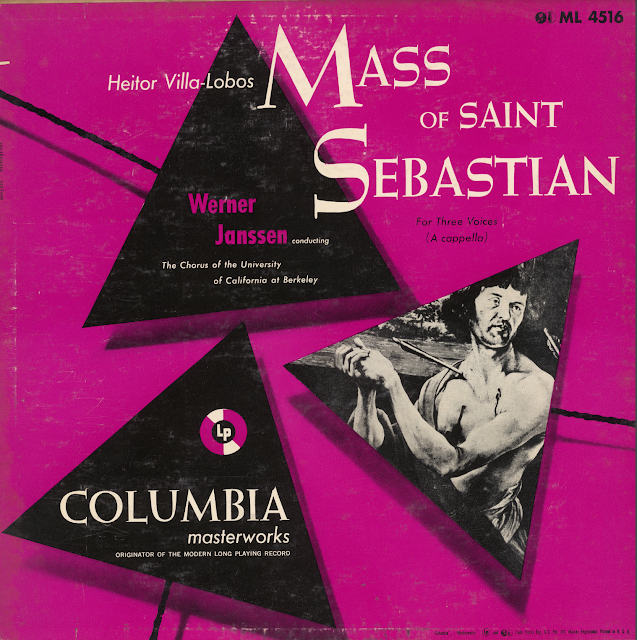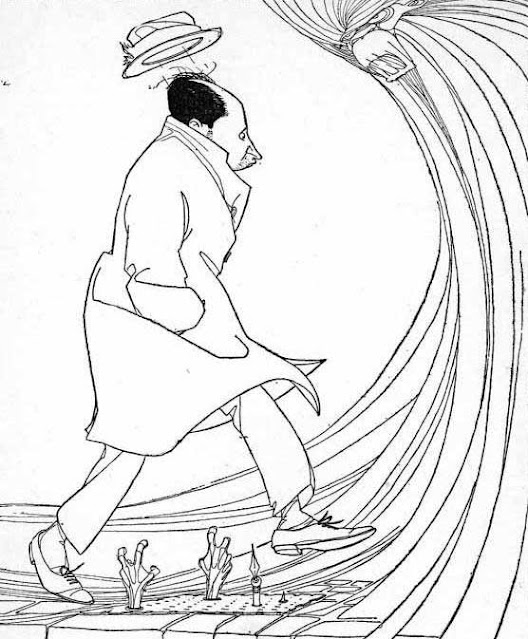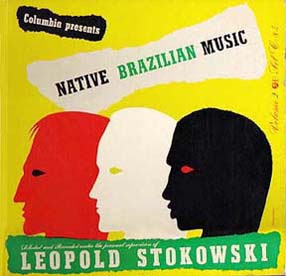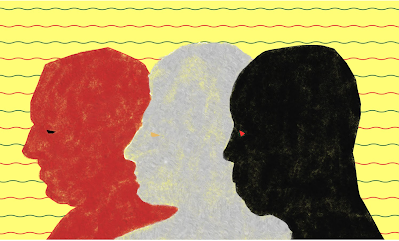Here's another LP from Boston Public Library's vinyl LP collection, newly archived at Archive.org.
In the 1950s the Louisville Symphony commissioned orchestral works from composers in the Americas; one of the first was Villa-Lobos's Erosion, Origin of the Amazon River, from 1950.
Though during this period Villa-Lobos sometimes tossed off commissioned work rather hastily, this work is powerful, and full of incident. According to Prof. Tarasti, this was one of his own works that the composer was most proud of. There's a more recent recording, from 1991, with Roberto Duarte conducting the Slovak Radio Symphony on Marco Polo. It's more polished, and Duarte is certainly a more accomplished Villa-Lobos conductor, though the Louisville and Bratislava orchestras both seem to have a real connection with this music.
I can also highly recommend the other work on this Louisville LP: Norman Dello Joio's St Joan Symphony is wonderful. It's just one more American symphony that seems to have slipped through the cracks.
Listen up!































